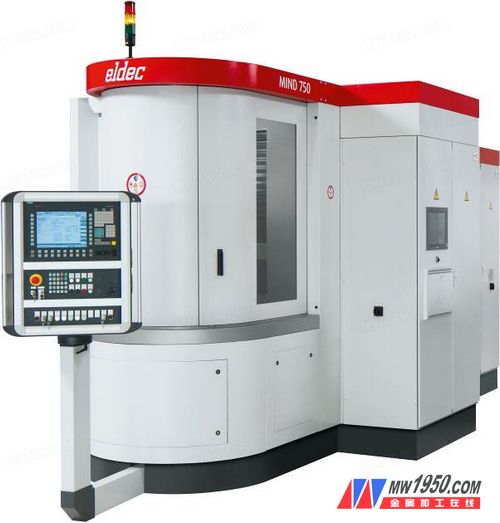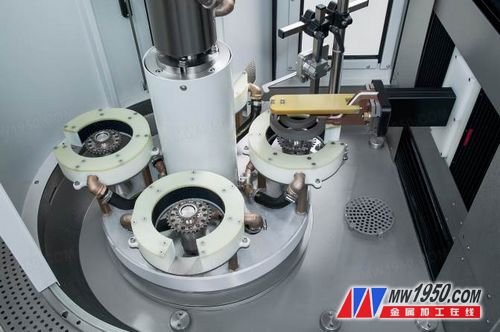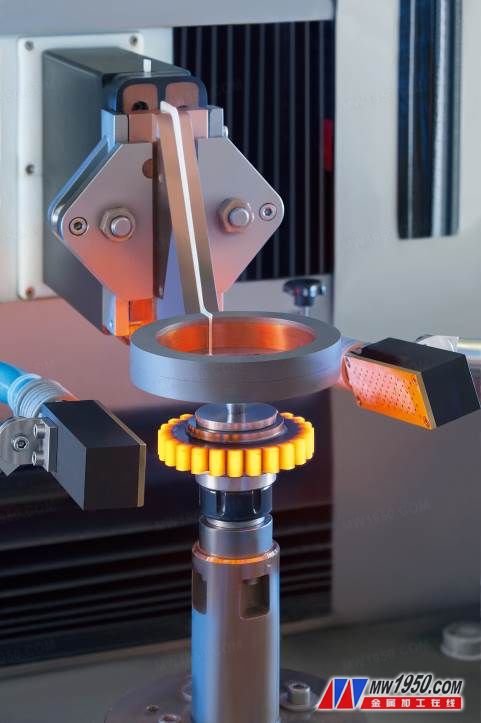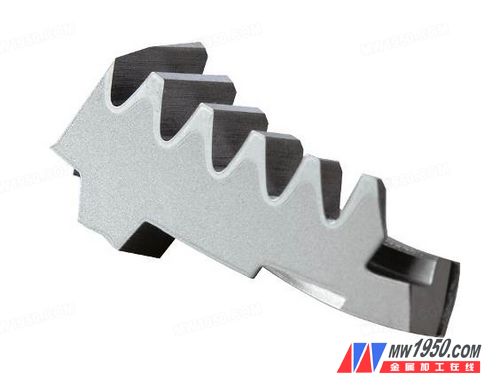The data provided by the International Automobile Manufacturers Association clearly shows that vehicle production has increased significantly since the economic crisis of 2009. In 2009, vehicle production was about 61.7 million, and by 2013 it had risen to 87.2 million. It can be seen that the economic situation is steadily rising and it is expected to continue to maintain this growth trend in 2014. At the same time, closely related to the rising demand: the industry is demanding more efficient and faster production systems, especially the production of gears and shafts, drives, gearboxes and engine parts. In the shortest period, this new generation of machine tools has been able to meet this demand. But how does the quenching process adapt to these requirements? The answer is: induction hardening technology. The traditional quenching method is surface quenching, and the workpiece needs to be heated for several hours to achieve the desired hardness. This quenching process has its shortcomings, especially when mass-produced gears, one of which is a huge time and energy cost. In the past few years, we have developed induction hardening, which is to replace it with the traditional quenching method. When surface induction hardening is applied, the workpiece is heated by eddy currents generated by electromagnetic induction, in particular, it is possible to heat only the portion to be hardened, and the rest of the workpiece is not affected by the heating process. This method is based on two important mechanisms, on the one hand, the eddy current frequency is strictly controlled to ensure that only a few millimeters of surface is heated. On the other hand, the heating process can be done in an instant, ensuring that the rest of the workpiece is unaffected. To meet the special requirements of gear quenching, EMAG Eldec has developed SDF (Synchronous Dual Frequency Induction Heating) technology. By uniformly heating the crest and the tooth bottom, the contour consistency required by the induction hardening process is achieved. Since the bottom is far from the inductor, an irregular thermal curve is produced if the same frequency is applied to the top and bottom. The SDF process uses different frequencies to heat the crest and the bottom of the tooth, which is the value of the SDF process. In other words, the SDF solution is characterized by two different frequencies/power densities while heating the entire area that is required to be hardened. The “synchronous dual-frequency power supply†provided by Eldec ensures that the MF and HF sections produce different outputs, ensuring the same heating depth and temperature at the top and bottom of the gear. Dr. Christian Krause, Eldec's production team for quenching heating systems, stressed, “But the sensitivity of using only one frequency is justified. There are no ready-made solutions for hardening requirements. Each workpiece is different and needs to be treated differently. For a gear member of 1, a frequency induction is usually sufficient; however, a gear member with a modulus between 2 and 5 can, but does not, need to be processed by the SDF method. The use of the power supply and the sensor is entirely dependent on the need. The hardened contour configuration is tailored to the relevant product. Providing a personalized solution for optimum hardness is Eldec's greatest strength for many years." Quenching process in industrial environments - MIND modular quenching machine To meet the special requirements of industrial mass-produced parts, Eldec developed the MIND quenching system. Dr. Krause explained: “The MIND system uses a modular concept, and each system can be customized for specific applications. The system has three important components: the base with the processing area and the sensor, the power supply and the cooling system. At eldec, We are proud of the fact that every component, from energy to sensors, is produced in-house. Sensors, power supplies, cooling systems, and every MIND system are tailored to give you the best. The long-lasting hardening effect and the highest level of complete process.†In addition, the machine occupies a small area and can be used in a variety of automation systems, which means that the MIND quenching system can be applied to the production line. The system is capable of maintaining a cycle time of 5-15 seconds, depending on the requirements. Eldec's MIND quenching system meets industry needs. The entire quenching process is fully automated and can be easily integrated into the production line. The advantages are obvious compared to conventional quenching processes. Dr. Krause stressed: “We focus on consistency when developing induction hardening. It can be said that our MIND system is the best and most flexible quenching system for industrial mass production. The best combination of advice and service and custom technology is eldec We are proud to say that we can always meet new challenges and meet industry needs." Eldec quenching system technical advantages: ·Precision, high precision contour gear and turbine quenching technology ·Modular system, personalized solution · Perfect integration into existing production lines · Cycle period 5-15 seconds ·Highest productivity, low energy consumption, small footprint ·The highest quality parts and complete process Led Track Light,30W Track Light,Led Cob Track Lighting,Led Track Lamp JIANGMEN MICHEN LIGHTING CO.,LTD , https://www.jmmission.com
Figure 1: Eldec MIND: Modular quenching system for chuck components and shaft parts up to 1200 mm in diameter. 
Figure 2: MIND 750 gear quenching technology application, quenching time is usually between a few microseconds to a few seconds. The cycle time can easily be maintained for 5-15 seconds. The induction hardening process uses a 5-3000kw single/dual-frequency power supply. 
Figure 3: Manual or automatic (such as robot) loading the workpiece into the system indexing table. Depending on the workpiece, the subsequent heating process reaches the transition temperature in 100 microseconds to a few seconds. After quenching, temper at the same station or the same cycle time. 
Figure 4: Compared to the surface hardening process, induction hardening uses less material bending, but depends on the heating time and the geometry of the part.